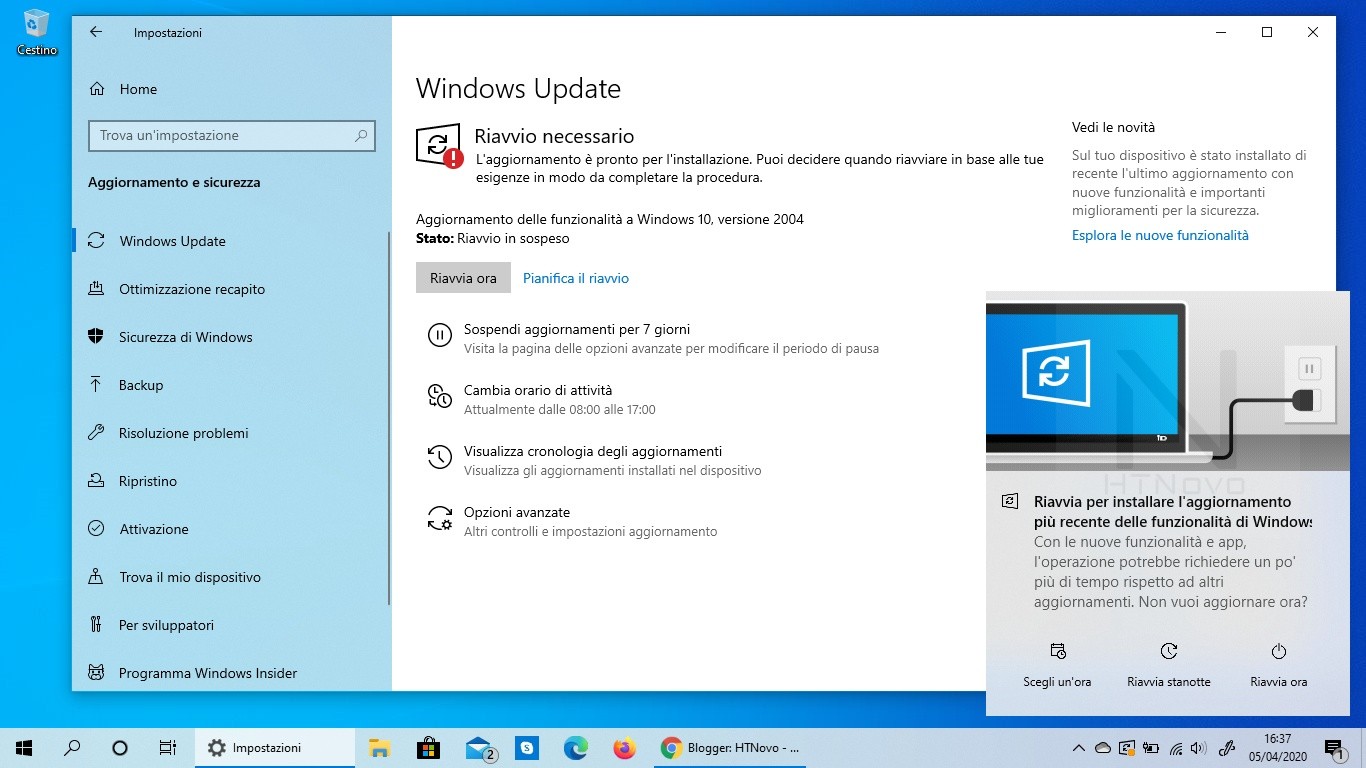

The Windows 10 Action Center is a handy central hub for all of your notifications - apps, reminders, recently installed programs. This feature is turned on by default, but you can turn it off by going to Settings > Update & security > Advanced options > Delivery optimization, and toggle Allow downloads from other PCs off. The catch, of course, is that your computer is also used as an update-sharing hub for other Windows 10 users. (You can also check out the top Windows 10 tips and tricks and how to troubleshoot common Windows 10 problems.)Ī feature Windows 10 added is an optimized update delivery system, which lets you download updates from other Windows 10 computers over the Internet (not just from Microsoft's servers). Here are eight settings that are turned on by default that you can disable in Windows 10. If you're a Windows 10 user, you'll want to spend just a few minutes looking into these default settings, and potentially turning them off, for the sake of privacy, speed and convenience. (Here's how you can download Windows 11 now and skip the wait.) No matter the reason you're still using Windows 10, some of the OS's default settings collect information, make you see more ads and notifications, and may be slowing down your device. Some people will be using Microsoft's older OS until mid-2022, while others debating if upgrading to Windows 11 is worth it, may keep Windows 10 until support ends in 2025.



The new operating system's gradual rollout means not everyone will get the upgrade right away. Microsoft's Windows 11 operating system started rolling out to eligible devices Oct. Using Windows 10? Change these default settings now.


 0 kommentar(er)
0 kommentar(er)
